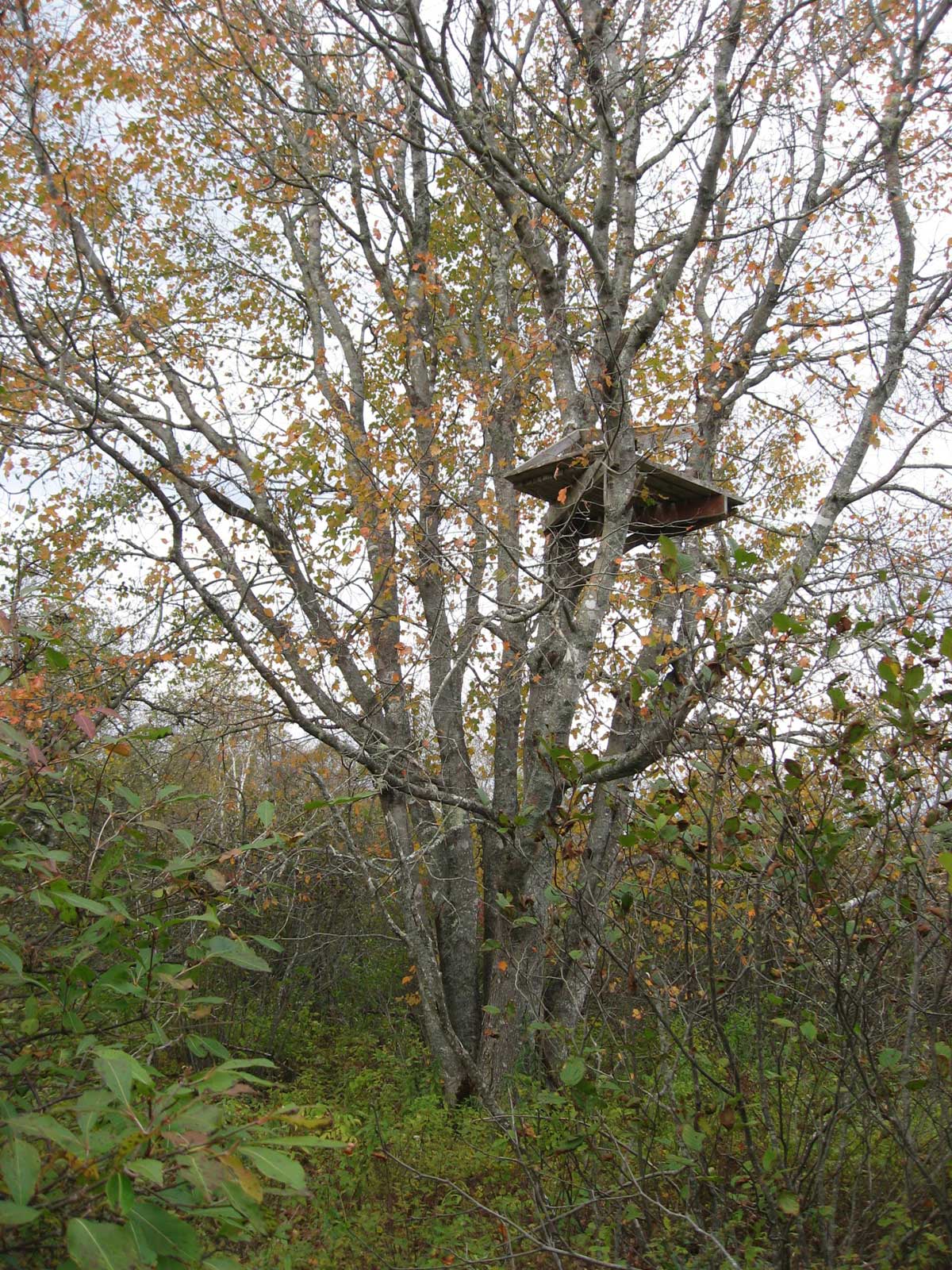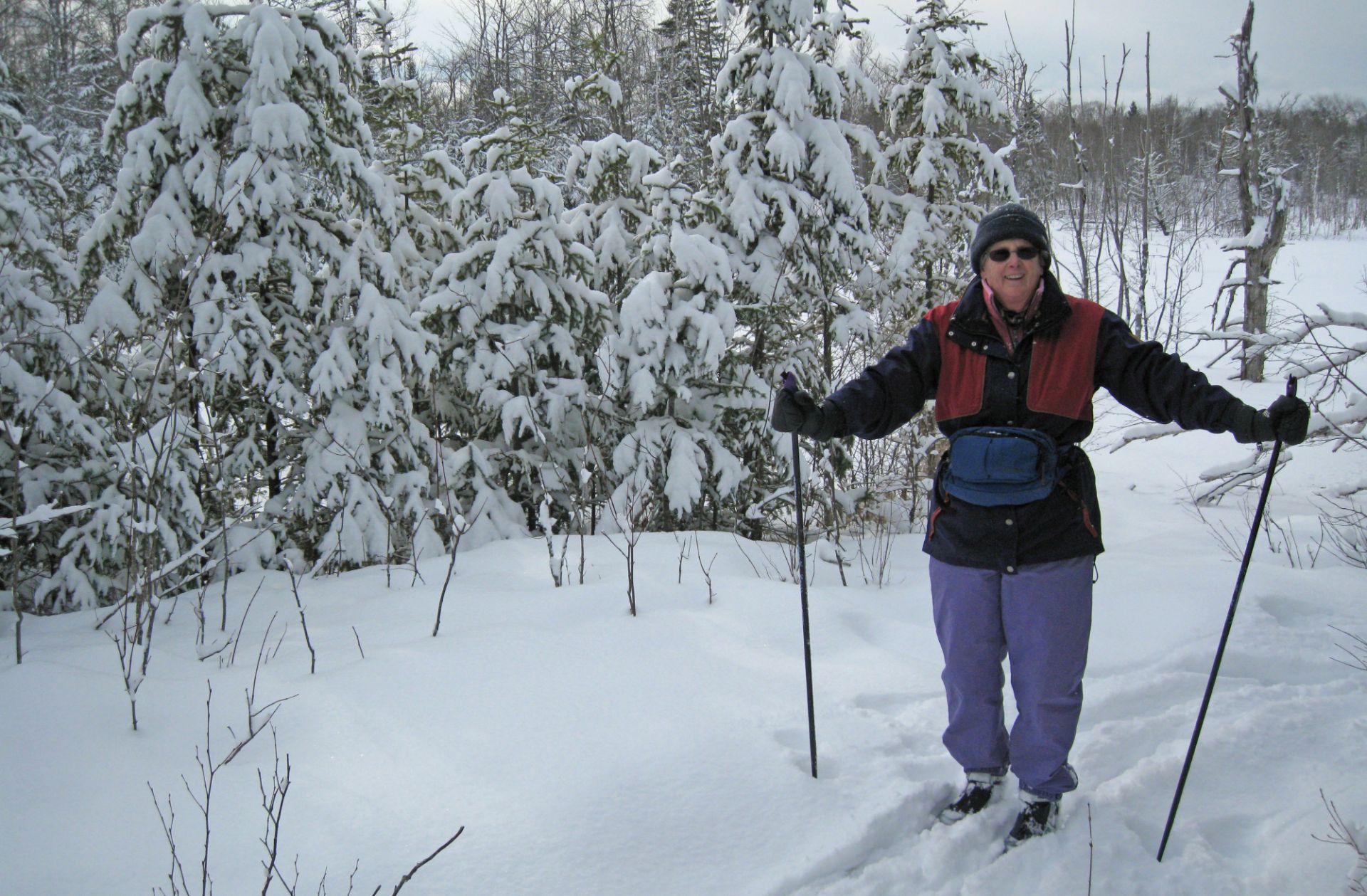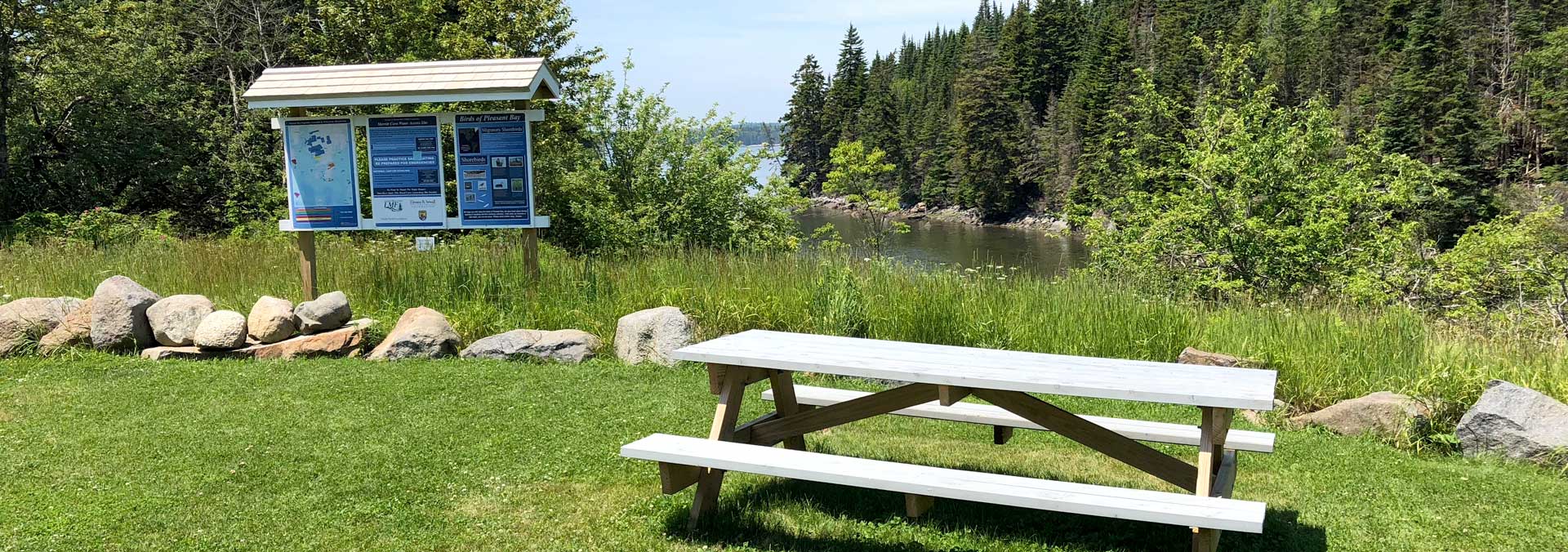Access
While our top priority at Pleasant River Wildlife Foundation is to protect wildlife habitat we are also fundamentally committed to protecting our wild lands for people, both residents and those “from away”. This is an urgent task. Once built up, coastal lands are irretrievably lost as shared resources for the community.
Time after time history has taught us that the lands we protect today will be treasured by future generations of people. Pleasant River Wildlife Foundation and our partners are working to keep the natural beauty and integrity of the land intact, to maintain wildlife populations, to help communities retain a strong sense of place, and to ensure permanent public access to both the uplands and the waterfront for everyone.
As you head northeast from Mt. Desert Island the rest of the world grows distant. Dramatic rocky headlands, countless uninhabited islands, broad estuaries and expansive salt marshes and tidal clam flats dominate the coast. There are small towns and working harbors nested in protected bays and docks are piled high with lobster traps and buoys and commercial fishing gear. Yachts are rare and even working boats seem widely scattered in these waters. However, you will find kayak and canoe launch sites in some of the region’s protected estuaries and nature based tourism is an important part of the scene and the regional economy.
 Many fishermen pull their buoys and traps during the winter.
Many fishermen pull their buoys and traps during the winter.
Making a living on the Downeast coast can be tough for local people and paying bills is a daily concern for many. Much of the region’s traditional income is based on harvesting marine resources, a way of life where the work is always arduous and often done in horrific weather. And, this work is occasionally very dangerous. We can’t do much to make life easier for a lobster fisherman, scallop dragger or clam digger but we can help address the most basic necessity – working access to the region’s shores and waters.
 Access to the flats is essential for clammers.
Access to the flats is essential for clammers.
The freedom to enjoy wild undeveloped lands and to access our waters are cherished New England traditions that enrich the lives of many, but may well be lost in our rural areas if not protected. When we halt heedless development we also halt the proliferation of “Posted” and “No Trespassing” signs that disconnect residents from traditional access to their lands and their waters and limit the possible activities of visitors.
Preventing residences from being built near the marshes, intertidal flats and waters of our estuaries and bays also goes a long way towards ensuring that productive clam flats won’t be closed because of coliform bacterial pollution and that toxic residues from garden chemicals won’t build up in the marine food chains on which the community ultimately depends.
Conserving wild lands also helps to attract visitors and build eco-tourism, a burgeoning source of revenue for the area. Visitors share with residents Maine’s dramatic coastline and delight in its abundant wildlife. Birders have spotted more than 250 species along the Downeast Coast. Ospreys, Loons and Bald Eagles are commonplace from spring on and during the summer, rugged offshore islands host a cacophony of nesting seabirds. By early fall thousands of southbound shorebirds crowd the intertidal mudflats.
 The decoys are set. All the hunters can do is wait.
The decoys are set. All the hunters can do is wait.
In the fall waterfowl hunters hunker down on secluded shorelines hoping for flights of dabbling ducks while others wait on remote offshore ledges to intercept waves of Scoters and Eiders following the coastline during migration, many stopping to feed and rest in the protected bays. The hardier species will stay throughout the winter. Fly fishermen delight in the quest for native Brook Trout and dream that Atlantic Salmon, a federally endangered species, will make a comeback to their ancestral estuaries and rivers.
Deer hunting in the fall is a multi-generational tradition and Black Bears are avidly sought in spring. Cross country skiing or snow-shoeing in winter give the best access to the wild interior lands along our coastlines where one may encounter deer, moose, coyote, fox, snow shoe hare and beaver, perhaps even an elusive bobcat.
 Deer stands can be fancy or basic
Deer stands can be fancy or basic
 Logging roads make wonderful cross-country ski trails
Logging roads make wonderful cross-country ski trails
All of PRWF’s properties are open to the public. Motorized vehicles are not permitted but old logging roads provide opportunities for hiking and cross country skiing. Hunting and fishing are allowed. The Merritt Cove property in South Addison was purchased specifically to provide access to Pleasant Bay. There is a picnic table in the field and canoes and kayaks can be put in the water so boaters can paddle out to the nearby islands and perhaps have a picnic on Downeast Coastal Conservancy’s Sheep Island.
